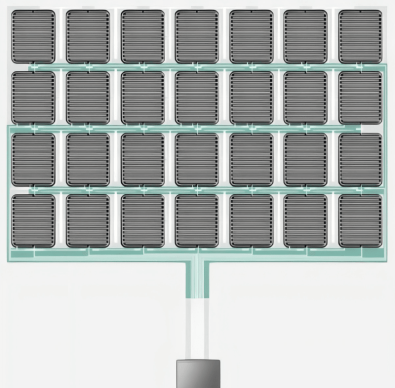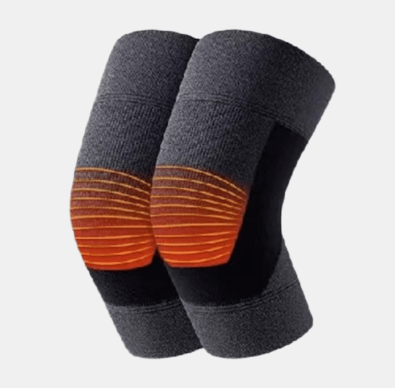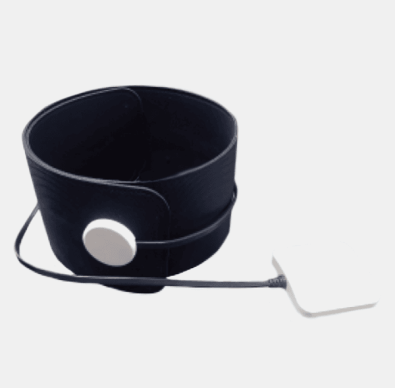
Flexible Thin Film Pressure Sensor DS CHS V2.3
Super Thin
Bending Resistant

Swift Response
Customizable

Multi-Touch Support
Single-Touch Support
Experience durability and precise pressure detection with the 0.35mm DS-CHS-V2.3 flexible sensor. This resilient sensor has successfully undergone rigorous testing, enduring over 1 million cycles without compromising its performance.
Its unique design allows for accurate pressure detection by establishing a specific pressure-resistance relationship, wherein the sensor’s resistance decreases as pressure is applied to its surface. Trust in the longevity and precision of the DS-CHS-V2.3 for your sensing needs.
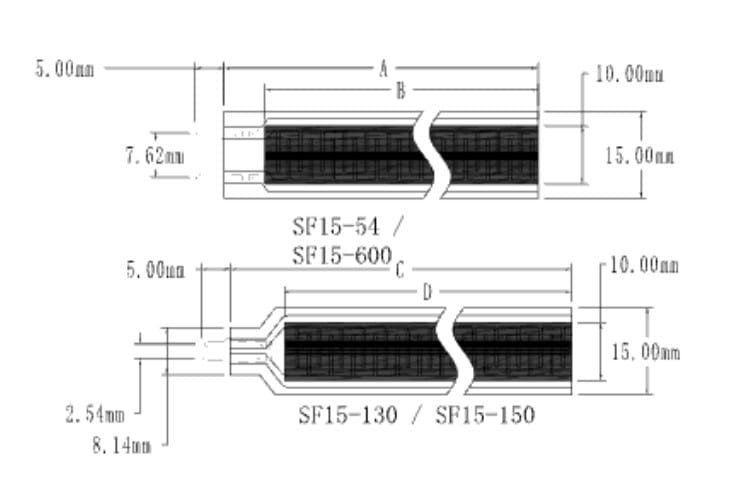
| Product Dimensions | ||||
| Logo | SF 15-54 | SF 15-130 | SF 15-150 | SF 15-600 |
| Length | 59 mm | 135 mm | 155 mm | 605 mm |
| Width | 15 mm | |||
| Pin Pitch | 7.62 | 2.54 | ||
| Tolerance | 0.2 | |||
| Sensitivity Area | 47*10 | 120*10 | 140*10 | 593*10 |
| Performance Index | ||||
| Model | SF 15-54 | SF 15-130 | SF 15-150 | SF 15-600 |
| Range | 0-5 kg | |||
| Thickness | <0.35 mm | |||
| Response Point | 50 g | |||
| Repeatability | <+10% (60% loaded) | |||
| Consistency | +15% Batch of the same model | |||
| Hysteresis | +15% (RF+ – RF-)/RF+ | |||
| Durability | >1 million times | |||
| Initial Resistance | >10M (Non-Loaded) | |||
| Response Time | <1 ms | |||
| Resume Time | <15 ms | |||
| Test Voltage | Typical Value DC 3.3V | |||
| Operating Temperature | -20°C-60°C | |||
| EMI | Nothing Produced | |||
| ESD | Not Sensitive | |||
Notes:
- The response point of the sensor is determined as the time when the pressure begins to rise from 0, accompanied by a decrease in resistance below 1MΩ, signifying the sensor’s active response to pressure.
- While slight variations in consistency may exist among different batches of devices, these can be mitigated through calibration using the program algorithm. This calibration process minimizes the consistency error, guaranteeing precise and dependable performance across applications.
Flexible Thin Film Pressure Sensor DS CHS V2.3
The DS CHS V2.3 flexible film pressure sensor stands out with its remarkable attributes. It boasts an ultra-thin profile, making it ideal for applications where space is limited. Additionally, its exceptional bending resistance ensures durability even in demanding environments. The sensor’s swift response time allows for quick and precise measurements, enabling seamless interaction with various devices.
To cater to diverse needs, the DS CHS V2.3 offers extensive customization options. This feature empowers developers and manufacturers to fine-tune the sensor’s performance according to specific requirements, ensuring optimal results. Moreover, the sensor supports multi-touch functionality, enabling intuitive and immersive user experiences. For applications that require single-touch input, the sensor also provides reliable and accurate single-touch support.
With its combination of super-thin design, bending resistance, swift response, customization capabilities, and multi/single-touch support, the DS CHS V2.3 sets a new standard in the industry, empowering innovation and enhancing user interactions across a wide range of sectors.
The SF Series DS-CHS-V2.3 reference circuit utilizes partial pressure measurement. It involves connecting the pressure sensor in series with resistor R1, with one end connected to VCC and the other end connected to GND, forming a basic voltage divider circuit. The voltage obtained from the division is then connected to Vout.
This circuit allows the sensor’s output resistance change, which corresponds to the pressure variation, to be converted into a voltage change signal. To cater to different application requirements, it is recommended to select an appropriate load resistance R1 ranging from 1kΩ to 100kΩ. It is suggested that the load resistance be set to 50% of the range pressure corresponding to the sensor’s resistance value.
Vout can be connected to a single-chip microcontroller’s ADC interface to detect pressure levels. Furthermore, the MCU’s external interrupt IO interface can be utilized as a pressure trigger function.
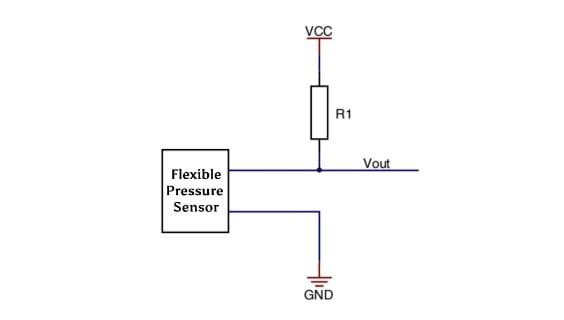
Instruction for Use:
When using the DS-CHS-V2.3 flexible pressure sensor, it is important to follow these guidelines for optimal performance:
- Place the pressure-sensitive zone of the sensor on a firm, flat surface. Avoid using it on curved or irregular surfaces, as this can cause the sensor to be conductive even without pressure, affecting its response.
- When using the sensor on rigid and hard surfaces where the contact area exceeds the sensitive area, it may result in a small and unstable pressure response. To mitigate this, we recommend attaching a round soft rubber pad to the center of the sensitive area. The pad should have a diameter slightly smaller than the sensitive area, and its surface area should be at least 60% of the sensitive area. This ensures optimal performance and stability during pressure measurements.
- Use double-sided tape to securely fix the pressure sensor on the supporting surface. Ensure that the surface is clean and tidy before applying the tape. We recommend using 3M brand double-sided tape, which provides reliable adhesion.
- Once pressure is applied to the sensor and held, there may be a slight drift in the output resistance value over time, usually within a 5% range. To minimize this error, timing calibration is recommended. During calibration, it is important to match the waiting time after applying pressure with the waiting time in actual applications.
Since the force state of the sensor can vary in different scenarios, we advise users to arrange the sensor according to their specific application needs. Conducting drift parameter testing tailored to their use case will help optimize the sensor’s performance and ensure accurate measurements.
By following these guidelines, you can ensure optimal performance and accuracy when using the DS-CHS-V2.3 flexible pressure sensor.

